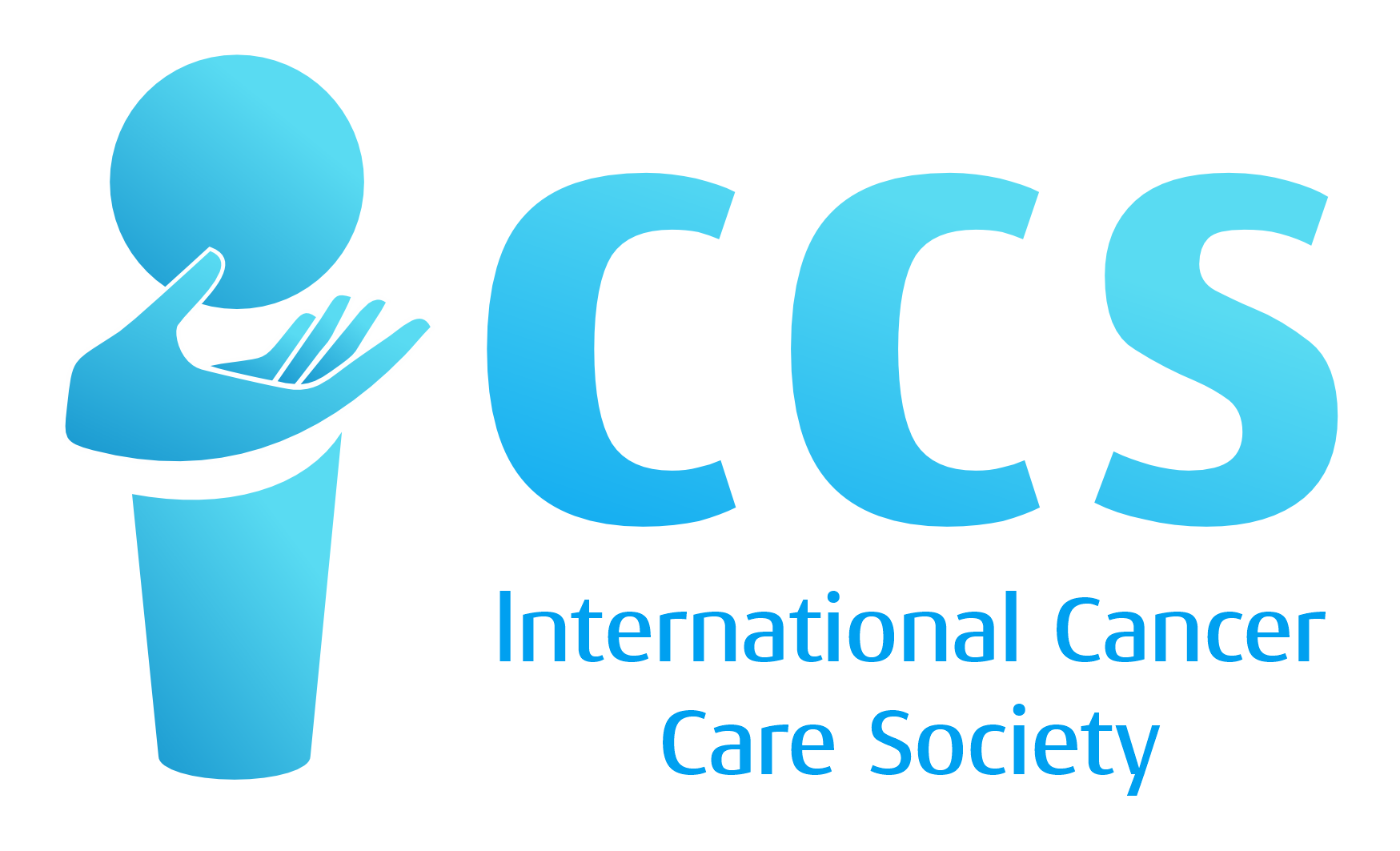Phase I: Safety and Dosage
Primary Objective: Assess the safety of the treatment and determine the appropriate dosage.
This phase focuses on evaluating how the drug behaves in the human body—its safety profile, metabolism, and appropriate dose range. It typically lasts several months.
20–100 healthy volunteers or, in some cases, patients with the target condition.
Close monitoring is performed to detect any adverse effects or toxicity. Participants undergo regular medical checkups and lab analyses.
Primarily healthy individuals, though sometimes patients with the disease are included depending on the nature of the treatment.
Frequent clinic visits, blood tests, vital sign monitoring, and other safety assessments are conducted.
Key results include establishing the treatment’s safety, understanding its tolerability, and identifying potential side effects.
Completed / Ongoing / Planned (select accordingly)

Phase II: Efficacy and Side Effects
Primary Objective: Assess preliminary efficacy and continue evaluating safety.

Approximately 100–300 patients with the target condition.
Specific medical, demographic, and clinical factors are used to select eligible participants and exclude those who may be at risk.
Often involves randomized, double-blind, placebo-controlled designs to ensure unbiased results.
Includes clinical efficacy markers, symptom improvement, biomarker changes, and continued monitoring of adverse effects.
Measures how well participants respond to the treatment—both in magnitude and duration.
Phase III: Confirmation and Comparison
Primary Objective: Confirm treatment efficacy, monitor side effects, and compare with current standard therapies.
Over 1,000 patients across diverse populations.
Multicenter, randomized, double-blind, and controlled trials to ensure robust and generalizable results.
Assesses how the investigational treatment performs against existing standard-of-care therapies.
Gathers comprehensive data required for submission to regulatory agencies for market authorization.
Conducted in collaboration with hospitals and research centers worldwide.
Includes post-treatment monitoring to evaluate sustained efficacy and delayed adverse events.
Indicate whether the study has received approval or is under review by relevant health authorities (e.g., FDA, EMA).

Phase IV: Post-Marketing Surveillance
Primary Objective: Gather real-world data following regulatory approval.

Involves widespread use of the treatment in everyday clinical practice.
Tracks long-term side effects and identifies rare or previously unobserved adverse events.
Assesses cost-effectiveness, patient-reported outcomes, and impact on daily living.
Evaluates outcomes in specific populations (e.g., pediatrics, elderly, comorbidities).
May lead to label changes, expanded indications, or additional safety warnings based on real-world findings.
Includes formal systems for healthcare professionals and patients to report side effects directly to regulatory agencies.
Key Clinical Trial Team Members
- Scientifically and ethically responsible for the trial
- Oversees protocol adherence and participant safety
- Ensures regulatory compliance and data integrity
- Support the PI in the clinical execution of the trial
- Conduct patient assessments, visits, and follow-up
- Operational backbone of the study
- Manages schedules, visits, documentation, and day-to-day logistics
- Serves as liaison between sites, CRO, and sponsor
- Verifies data quality and accuracy
- Ensures compliance with protocol, GCP, and regulatory requirements
- Conducts regular on-site monitoring visits
- Designs CRFs (Case Report Forms)
- Controls, validates, and cleans the trial database
- Collaborates with the biostatistics team
- Designs the statistical analysis plan
- Analyzes clinical data and evaluates outcomes
- Prepares reports for publication and regulatory submission
- Manages the Investigational Medicinal Product (IMP)
- Oversees storage, preparation, and dispensing
- Ensures traceability and expiration control
- Reviews and approves the protocol before trial initiation
- Evaluates ethical aspects, informed consent, and patient safety
- Detect and report adverse events (AEs/SAEs)
- Monitor patient safety throughout the trial
- Manages submissions to health authorities (EMA, AEMPS, FDA, etc.)
- Prepares CTA, IB, and other required regulatory documents
- External company that manages the trial partially or fully
- Provides monitors, data managers, statisticians, and operational support
- Perform sample collection, patient follow-up, and clinical measurements
- Assist patients during study visits
- Carry out laboratory and radiological tests
- Ensure high-quality biomedical data collection
Share Knowledge.
Drive Innovation.



